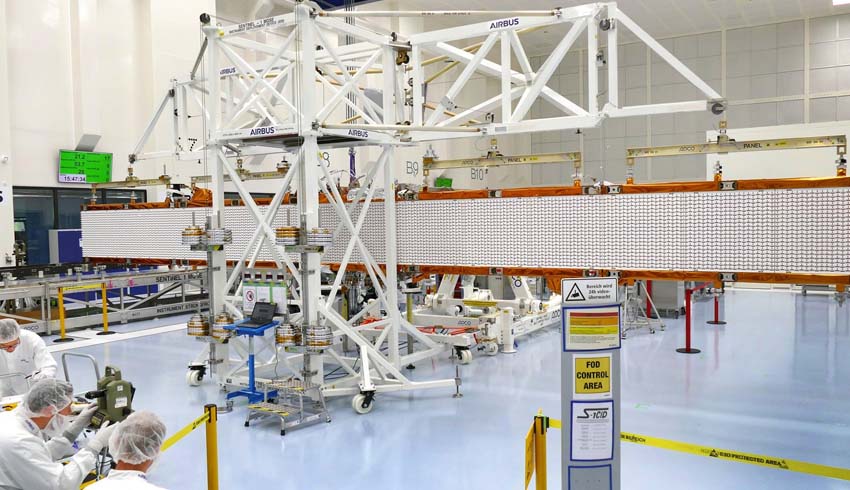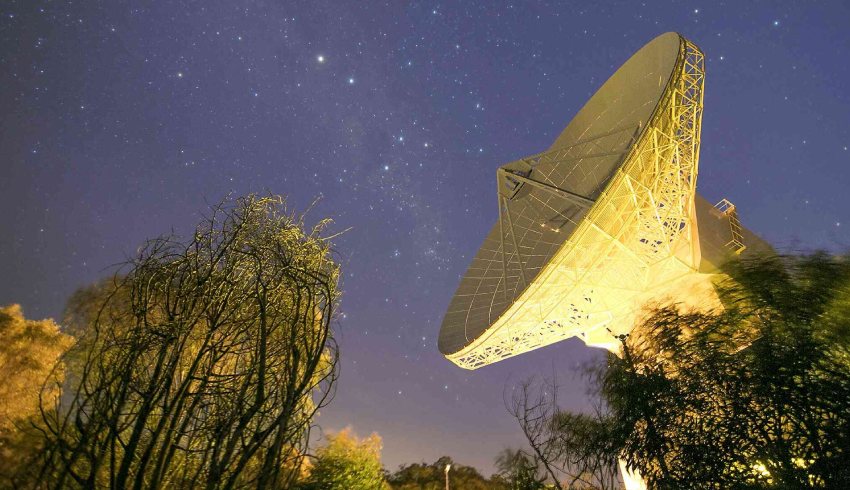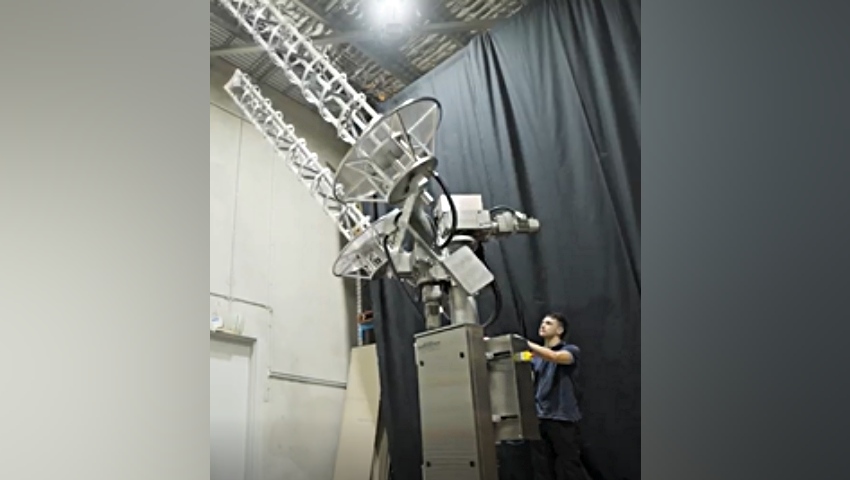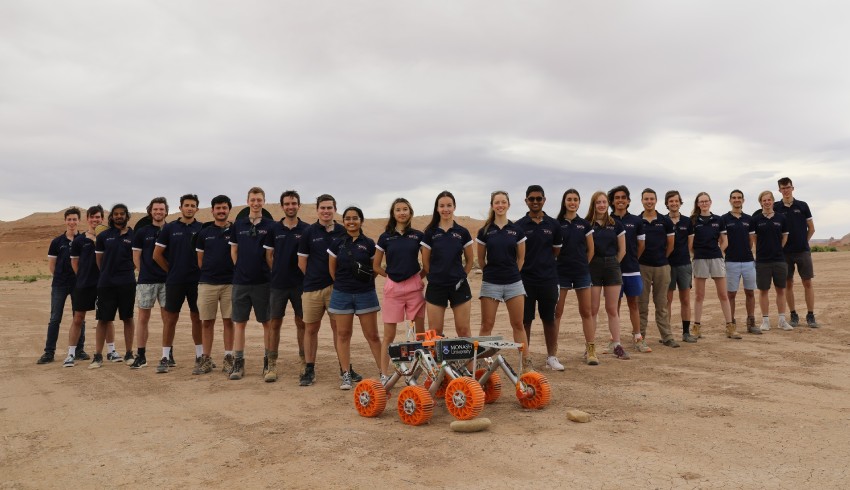
Sentinel-1C is the third of the Sentinel-1 radar satellite series and will ensure data continuity for the many services offered by the EU’s Copernicus program.
The Sentinel-1C satellite equipped with the SAR instrument (C-band radar) will provide radar images of the entire Earth’s surface as part of the Copernicus program funded by the European Union and the European Space Agency (ESA). Thales Alenia Space is prime contractor for Sentinel-1C and its twin, Sentinel-1D.
Airbus Defence and Space is responsible for both radars.
These radar images will be used across many areas of Earth observation including monitoring Arctic sea-ice, routine sea-ice mapping, surveillance of the marine environment, monitoring land-surface for motion risks, forest mapping, water and soil management, and to support humanitarian aid and disaster monitoring.
The antenna consists of a centre panel that will be fixed to the satellite platform and two deployable antenna wings with two panels each. The unfolding test was to check the correct deployment of these two wings and to measure the planarity of the antenna as an indicator for the future SAR image quality.
Next step in the acceptance test sequence of the SAR instrument (complete antenna with the antenna electronic subsystem built by Airbus Portsmouth, UK) is a functional and performance test campaign, planned to run until end of October 2020.
Finally, the antenna’s radio frequency characteristics will be checked before the instrument is shipped to Thales Alenia Space for platform integration. Copernicus Sentinel-1C is set for launch in 2022.
Receive the latest developments and updates on Australia’s space industry direct to your inbox. Subscribe today to Space Connect here.












